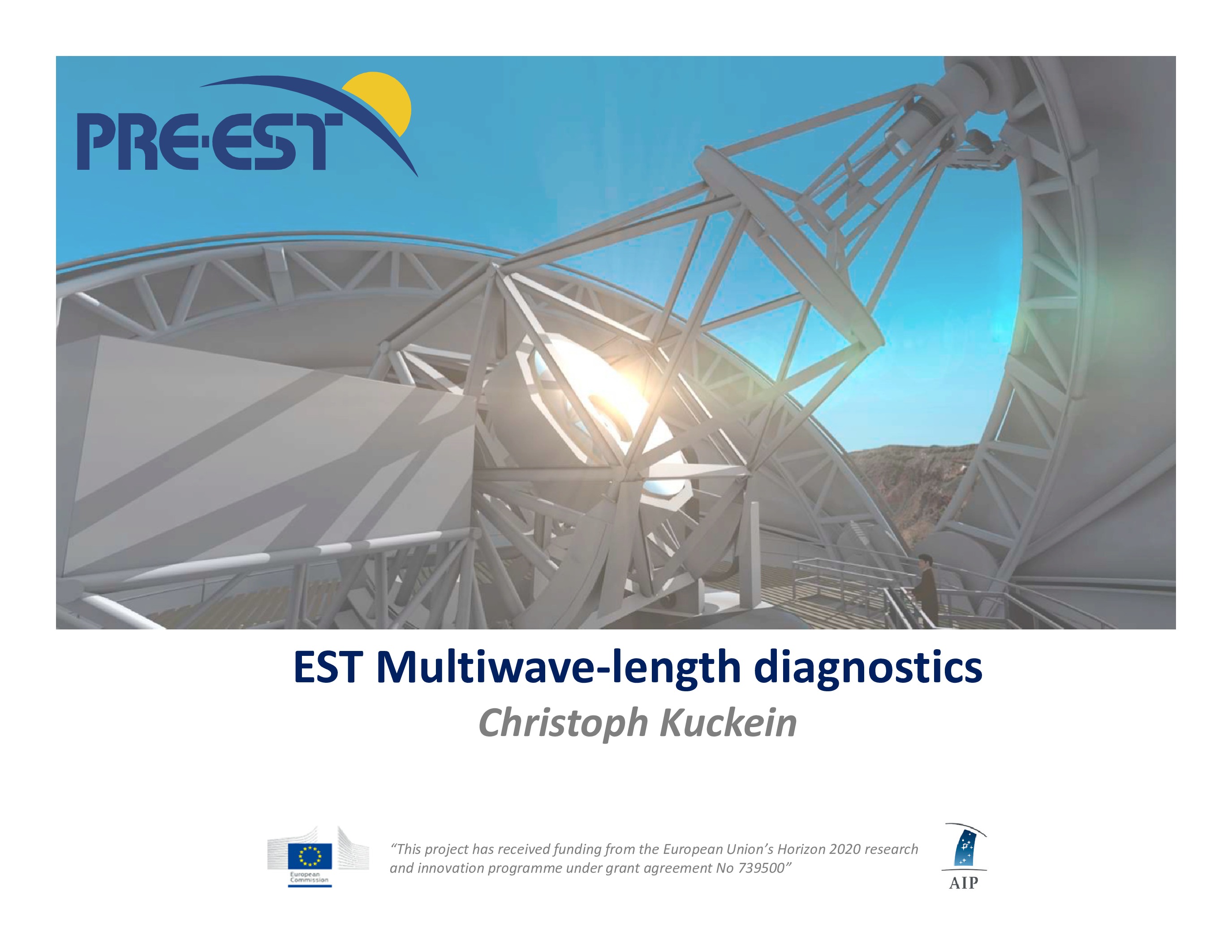Affiliation
Leibniz Institute for Astrophysics Potsdam (AIP)
Main category
Natural Sciences (Astrophysics and Astrononmy)
Abstract
Over the past decades we have discovered that most of the processes on the Sun are coupled across many layers of the atmosphere. For instance, filaments and arch filament systems are best observed in the chromosphere and corona but are rooted in the photosphere. Another example are the changes in the vector magnetic field during flares which are noticeable from the corona down to the photosphere. Furthermore, small magnetic flux emergence has been tracked observationally from the photosphere to the corona. Therefore, it is crucial to have simultaneous observations covering as many atmospheric layers as possible.
The next generation of large solar telescopes will focus on the ability to simultaneously observe the Sun in many different wavelengths. Until now, this has been only possible by coordinating different ground and space based telescopes, in order to observe the same area on the Sun with different instruments. In this talk I will present some examples of recent multi-wavelength studies and show how the European Solar Telescope will improve such multi-wavelength observations.
Do you have problems viewing the pdf-file? Download presentation
here
If the presentation contains inappropriate content, please
report the presentation. You will be redirected to the landing page.
